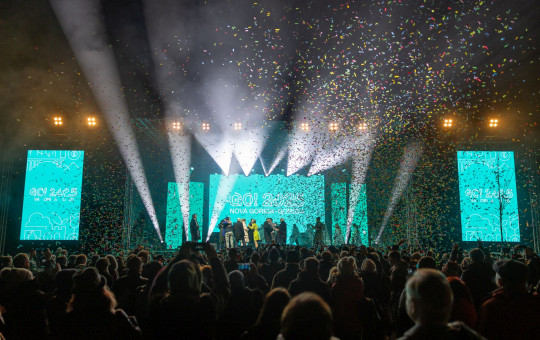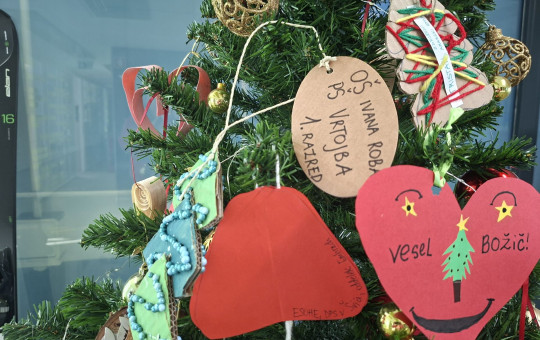Date: 27. February 2024
Time to read: 2 min
On 8 February 2024, Slovenian Culture Day, the countdown to 8 February 2025 - the year of the European Capital of Culture, which will shine under the spotlight of the capital next year - officially began.
Countdown to 2025
Join us as we explore the links that connect two picturesque cities and the countless stories that weave them into the fabric of the wider region. Nova Gorica, Slovenia's youngest city, and its neighbour Gorizia, a unique fusion of two interconnected cities, are preparing for the countdown to 2025, when they will light up the European and global cultural scene as cross-border European Capitals of Culture. At the same time, Slovenia will step into the spotlight and showcase its rich culture, cutting-edge art, vibrant creativity and unique heritage to the world.
The upcoming European Capital of Culture will be centred on the ECOC area, which will come to life on a kilometre-long border strip between two former customs houses. The newly designed and renovated area will not only serve as a focal point for events and social gatherings during the ECOC year, but is also based on environmentally friendly solutions, sustainable renovation and new opportunities for citizens and visitors in the future.
-
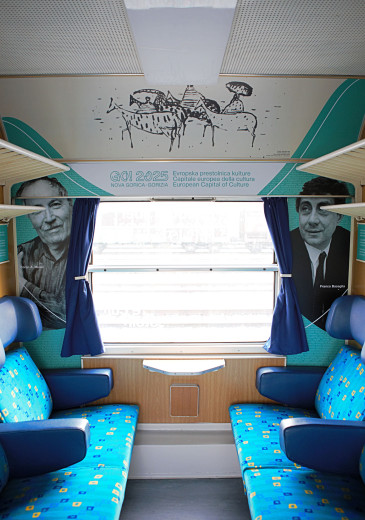 Next to the train window is a photograph of the painter Zoran Mušič on the left and the Italian psychiatrist Franco Basaglia on the right. Photo: Matej Vidmar
Next to the train window is a photograph of the painter Zoran Mušič on the left and the Italian psychiatrist Franco Basaglia on the right. Photo: Matej Vidmar
-
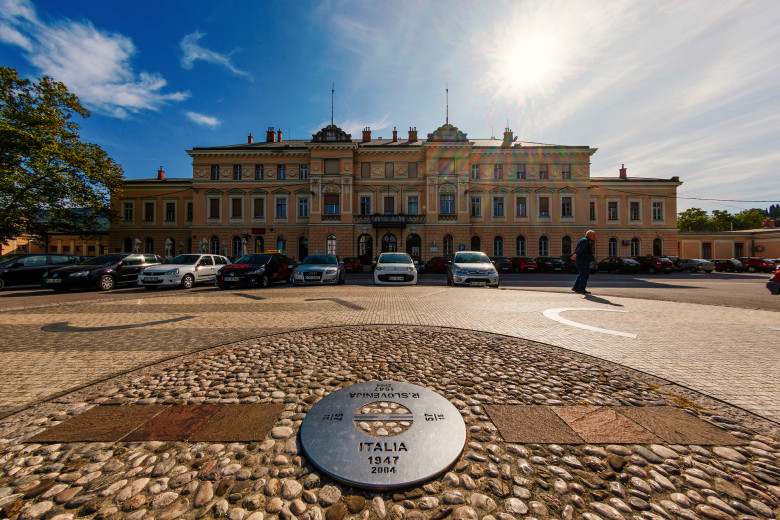 The Market Square of Europe - a common square at the crossroads of two countries and two peoples - is one of the most beautiful examples of two cities living together on a border. Photo: Ernad Ihtijarević/slovenia.info
The Market Square of Europe - a common square at the crossroads of two countries and two peoples - is one of the most beautiful examples of two cities living together on a border. Photo: Ernad Ihtijarević/slovenia.info
-
 The European Capital of Culture, an initiative of the European Union, puts culture at the heart of European cities and celebrates the arts and culture of selected destinations throughout the year. Photo: Alex Štokelj/slovenia.info
The European Capital of Culture, an initiative of the European Union, puts culture at the heart of European cities and celebrates the arts and culture of selected destinations throughout the year. Photo: Alex Štokelj/slovenia.info
Culture at the heart of European cities
The European Capital of Culture, an initiative of the European Union, puts culture at the heart of European cities and celebrates the arts and culture of selected destinations throughout the year.
The uniqueness of the European Capital of Culture, made up of two cities, is illustrated by the history of the two Gorizia cities. Nova Gorica, the youngest city in Slovenia, has deep historical and daily links with Gorizia on the Italian side of the border. In the landscape of fertile hills, orchards and vineyards of the Brda and Vipava valleys, where the emerald green Soča River winds its way from the heart of the Alps, and where the mysterious Karst and the sea are just a stone's throw away, a town with a vibrant identity has been developing since the end of the Second World War.
-
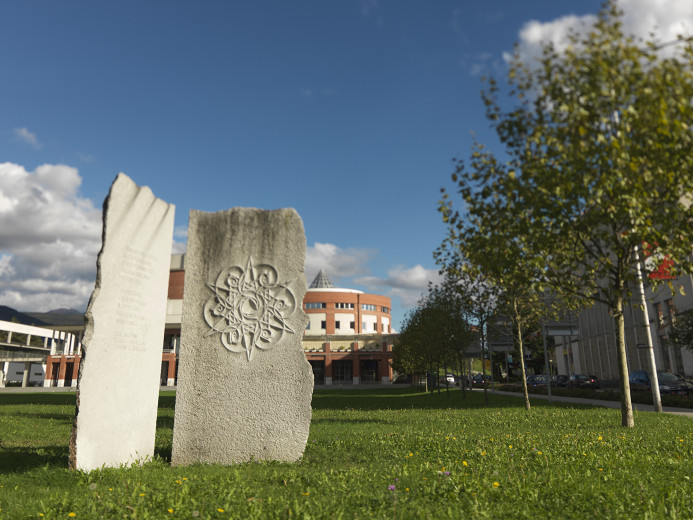 Slovenia will step into the spotlight and showcase its rich culture, world-class art, vibrant creativity and unique heritage to the world. Photo: Alex Štokelj/slovenia.info
Slovenia will step into the spotlight and showcase its rich culture, world-class art, vibrant creativity and unique heritage to the world. Photo: Alex Štokelj/slovenia.info
-
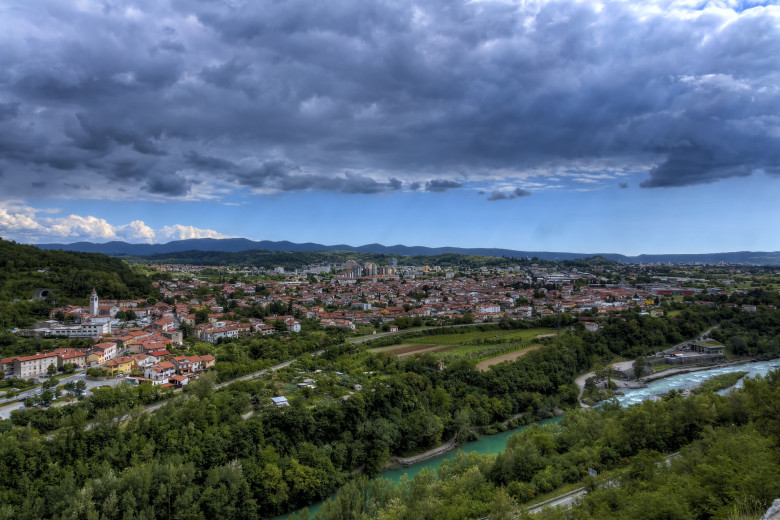 Nova Gorica was created only after the end of World War II due to the division of the territory between Italy and Yugoslavia. Photo: Alan Kosmač/slovenia.info
Nova Gorica was created only after the end of World War II due to the division of the territory between Italy and Yugoslavia. Photo: Alan Kosmač/slovenia.info
-
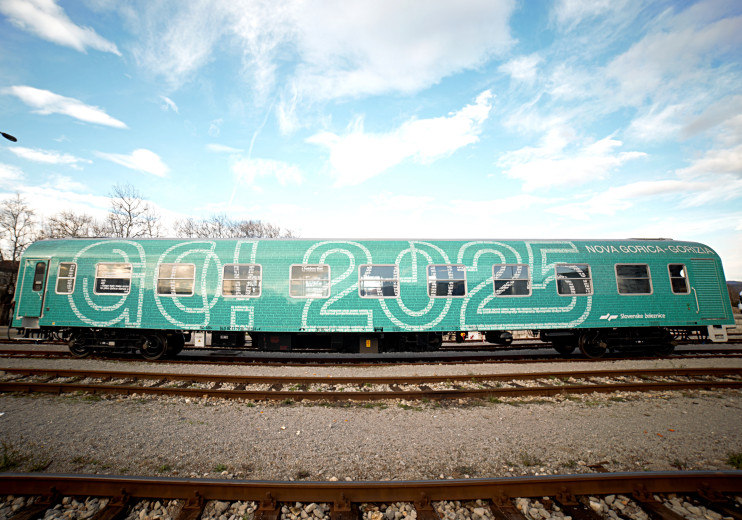 The carriage of the bus train in the blue-green colours of the European Capital of Culture was created in cooperation between Slovenian Railways and the European Capital of Culture 2025 Nova Gorica - Gorizia. Photo: Matej Vidmar
The carriage of the bus train in the blue-green colours of the European Capital of Culture was created in cooperation between Slovenian Railways and the European Capital of Culture 2025 Nova Gorica - Gorizia. Photo: Matej Vidmar
This year, and especially next year, the history, stories, personalities, past, present and future achievements of creativity, integration and art of the two Gorizas will be presented to Slovenia, Italy, Europe and the world with this year's vision and programme GO!2025 = BORDERLESS. Nova Gorica is not the first Slovenian city to receive this prestigious award. In 2012, Maribor was honoured as European Capital of Culture.

